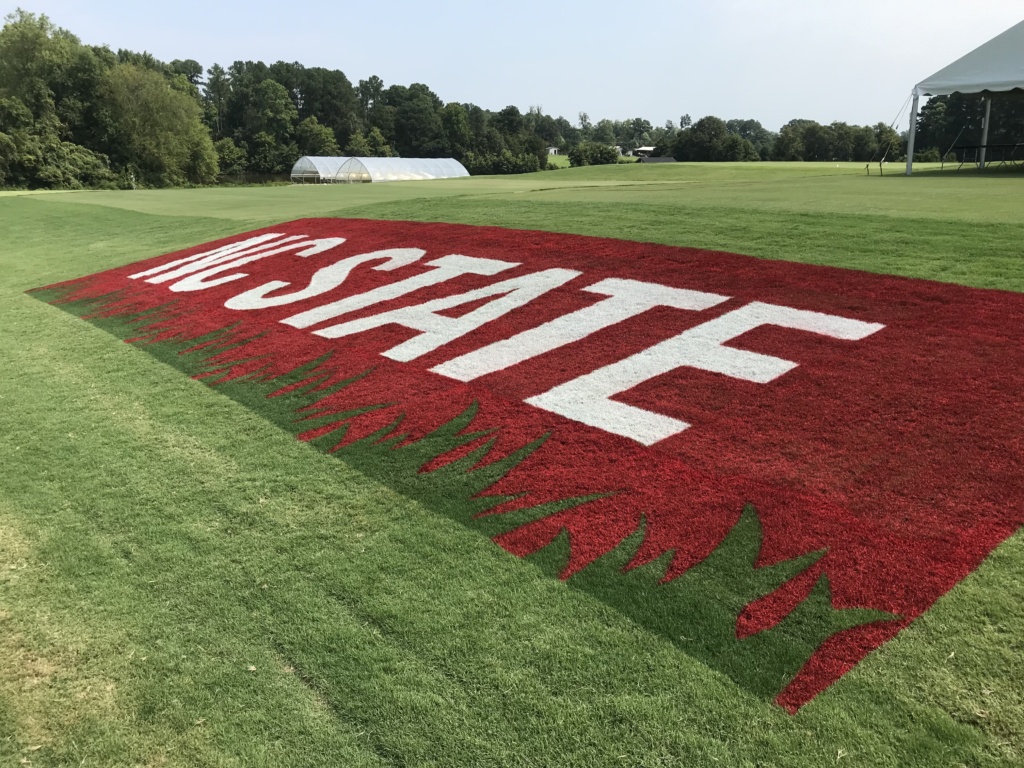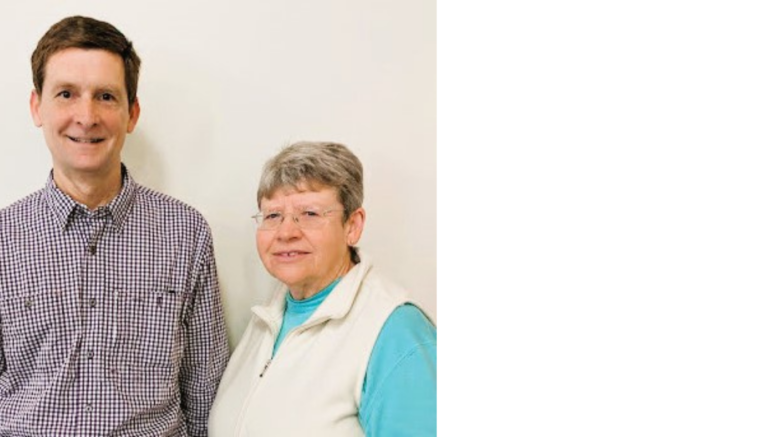Contributed
February’s Seven Lakes Garden Club meeting featured speaker Grady Miller, a professor and extension turfgrass specialist at North Carolina State University.
A green lawn is not easy to obtain in Seven Lakes. Fifty people interested in this topic were engaged throughout the presentation.
Miller lives and breathes grass and showed examples of his own lawns over time. He has a long and impressive career in turf, a fascinating science. Miller focused on the warm-season grasses that grow well in Seven Lakes: St Augustine, Bermuda, Centipede and Zoysia. As a scientist, he tests new grasses. The number of cultivars in each of these grasses is impressive.
Miller provided information on resources throughout his presentation which are all available on www.turffiles.ncsu.edu. from “Carolina Lawns” to grass specific documents. Information is available on how to plant and maintain your grass and every aspect of that process. It is a continuous process with ongoing activities throughout the year. You can also get a sheet with a timetable for your grass.
The key factors for successful grass are light, water, oxygen, carbon dioxide, mineral nutrients, temperature and space. Grass needs them all and is particularly sensitive to some and endures variation in others.
Sunlight, an indisputable basic need, is a special challenge in the filtered shade environment here in Seven Lakes. Miller showed an example of a lawn area with a strange, rectangular shape of brown in the green lawn. A view of the other side of the lawn showed a light pole in the center.
That pole provided enough shade to impact the health of the grass in its shadow. Watch the growth of trees and shrubs in your yard and the neighbors to gauge the amount of shade created as the trees mature or watch out for new light poles being erected.
Miller shared many helpful tips. The most important thing to consider in growing grass is your soil. Get a soil test and provide the nutrients your lawn needs.
When starting a new lawn, money and time determine whether sod, plugs or seed is best. In this area, sod works well. Plugs and seeding take time, patience and attention. The first step is a healthy seed bed under your lawn.
Lawn maintenance comes down to feeding, watering and mowing. Mowing your grass to the optimum height for your grass type is important. Shorter cuttings will not result in less frequent mowing, he advised. It actually works the other way. Check out the new electric mowers.
What about pests? The good news is healthy lawns have fewer pests. Miller recommends integrated pest management, moving in the direction of a natural lawn.
If all else fails, you can always paint your lawn a green, or any color in the rainbow as evidenced by the bright red and white NCSU logo on the last slide of his presentation. Warning, brightly colored grass may not be deemed as appropriate within our Seven Lakes neighborhoods.








